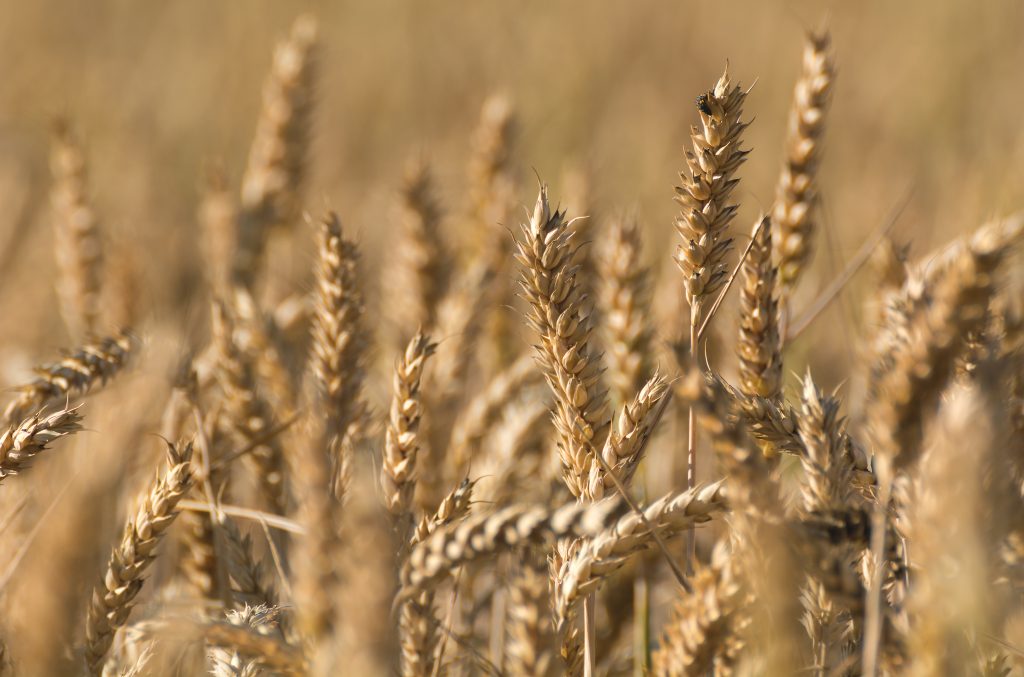Why should you be eating a high-fibre diet? And what are the benefits of high-fibre foods?
A healthy adult needs around 21 to 38 grams of fibre a day. However, as high-fat and low-carb diets like Keto have taken off, people have stopped paying attention to fibre.
Maybe because there is less money to be made on whole grains and vegetables that there is on fancy high-protein and high-fat snacks? 😉
And yet, the benefits of a high fibre diet are well known! And most people fall far short of the daily recommended allowance. Unfortunately, not eating enough high-fibre foods can lead to wide-range of health problems.
Let’s start at the beginning.
What is fibre?
Fibre (sometimes called roughage or bulk) is the part of plant-based foods that we are unable to digest or absorb. Unlike carbs it doesn’t raise blood sugar levels.
Fibre comes in two forms:
Soluble fibre
This is a type of fibre that dissolves in water. In our bodies, it forms a gel like substance that slows down the digestive process. It feeds the bacteria that live in our guts.
Insoluble fibre
This is a type of fibre that adds bulk to our poo. It helps food pass more quickly through the digestive system. Insoluble fibre isn’t digested or changed at all.
Both types of fibre are essential nutrients. What are the benefits of high-fibre foods?

What are the benefits of soluble fibre?
Soluble fibre can lower blood glucose levels
Studies have found that eating even a small amount more of soluble fibre lowers blood glucose levels.
To the best of our knowledge, the present study is the first to demonstrate that increased intake of soluble DF [dietary fibre] over a short-duration […] was able to significantly improve blood glucose levels and insulin resistance
Study on the effects of dietary fiber and carbohydrate on glucose and lipoprotein metabolism in diabetic patients
By lowering blood glucose levels, soluble fibre can help people with diabetes manage their condition. Plus, it reduces the risk of developing type-2 diabetes in the first place.
Soluble fibre can lower LDL cholesterol
LDL cholesterol is the ‘bad’ cholesterol that can raise your risk of stroke and heart disease. Soluble fibre binds to the LDL cholesterol in the intestine and helps remove it from the body. The impact isn’t huge. As a meta-analysis of the various studies says: “Increasing soluble fiber can make only a small contribution to dietary therapy to lower cholesterol.” (Source)
But every little helps!
Soluble fibre feeds healthy gut bacteria
Soluble fibre is a type of prebiotic. Prebiotics feed your healthy gut bacteria! In other words, if you’re trying to rebuild your gut microbiome after a round of antibiotics or food poisoning, you should definitely eat prebiotics!
There is a lot of ongoing research into the benefits of a healthy microbiome, but suffice to say that having happy, healthy gut bacteria has a positive impact on everything from your waistline to your mood. Find out more about prebiotics.

Soluble fibre lowers fat absorption
Because soluble fibre forms a thick gel-like substance it can help prevent some fat from being absorbed. By binding with fat, it carries it through to your stool rather than allowing it to be absorbed into your bloodstream.
This in turn can lower the amount of calories you absorb, and help you maintain a healthy weight.
What are the benefits of insoluble fibre?
Insoluble fibre can prevent constipation
Insoluble fibre makes poo softer and heavier. This makes it easier to pass through the digestive system and help prevent constipation. (Side note: if you increase the amount of fibre you eat, you must also increase the amount of water you drink!)
Chronic constipation, as well as being painful, can lead to all kinds of unpleasant conditions – including hemorrhoids, anal fissures, and in very bad cases something called rectal prolapse!
Insoluble fibre can help with weight management
Because insoluble fibre is bulky and filling, without adding calories, it can help you feel full quicker and feel full for longer. This means eating less calories overall, which in turn helps maintain a healthy weight.
Insoluble fibre reduces the risk of colon cancer
The more fibre you eat, the less chance you have of developing colon cancer.
As one study concluded:
This large, prospective study within a population-based screening trial suggests that individuals consuming the highest intakes of dietary fiber have reduced risks of incident colorectal adenoma and distal colon cancer.
Dietary fiber intake and risk of colorectal cancer
The reasons for this are unclear, but one theory is that high-fibre diets lead to a reduction in fecal carcinogens as it helps speed up the digestive process.
Insoluble fibre reduces the risk of diverticular disease
Diverticulitis is common in people over 45. It’s linked with not eating enough fibre. Basically, diverticulitis is a disease in which small pouches form on the inside of the intestine. This sometimes become infected.
Diverticulitis causes abdominal pain, tenderness, and fever.
If you read the research, all the studies agree on one thing—the cause of diverticular disease isn’t completely known, but a low-fiber diet most likely plays a significant role.
Dustin Randolph, PharmD (Source)
So what are the benefits of high-fibre foods?
To summarise, high-fibre diets:
- can lower blood glucose levels
- can lower LDL cholesterol
- feed healthy gut bacteria
- lower fat absorption
- can prevent constipation
- can help with weight management
- reduce the risk of colon cancer
What are some high fibre foods?
I’ve written a great post detailing 19 of the best soluble fibre foods. Look out for another post soon going into detail about the best sources for insoluble fibre foods!
